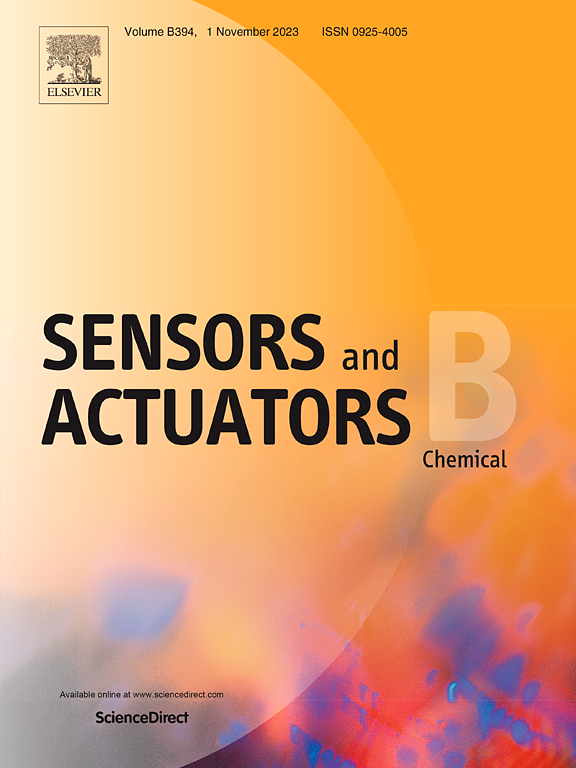一种用于增强肝细胞癌成像和多价检测的新型多肽多聚体
IF 3.7
1区 化学
Q1 CHEMISTRY, ANALYTICAL
引用次数: 0
摘要
肝细胞癌(HCC)的全球发病率正在稳步上升,但由于这些肿瘤的遗传异质性和不同的靶点表达,早期检测方法仍然是一个主要的临床挑战。传统的成像方法依赖于非特异性或单一靶点,通常无法达到足够的灵敏度或特异性,特别是对于早期疾病。一个肽多聚体能够同时靶向3个早期HCC靶点,包括GPC3、CD44和EpCAM,使用一个单一的生化构建。用Cy5.5标记荧光成像或用Gd-DOTA标记MRI以实现双模态检测。使用患者来源的HCC细胞系和类器官进行体外分析,并显示出显著增强的结合动力学和亲和力,包括与单个单体相比荧光强度增加2.6倍,结合率提高2.18倍。原位患者源性异种移植(PDX)模型的体内MRI,无论有无肝硬化,均显示注射后0.5小时肿瘤与背景比峰值为3.05,肾脏快速清除约4小时。人肝脏标本的体外免疫荧光区分HCC和肝硬化的灵敏度为87%,特异性为80%。这些发现强调了通过增强分子成像来改善早期HCC诊断的多重临床可翻译平台的潜力。本文章由计算机程序翻译,如有差异,请以英文原文为准。
A novel peptide multimer for enhanced imaging and multivalent detection of hepatocellular carcinoma
The global incidence of hepatocellular carcinoma (HCC) is rising steadily, yet early detection methods remain a major clinical challenge due to genetic heterogeneity and variable target expression in these tumors. Conventional imaging approaches rely on non-specific or single targets, and often fail to achieve sufficient sensitivity or specificity, in particular, for early stage disease. A peptide multimer capable of simultaneously targeting 3 early HCC targets, including GPC3, CD44, and EpCAM, using a single biochemical construct was demonstrated. The multimer was labeled with either Cy5.5 for fluorescence imaging or Gd-DOTA for MRI to enable dual-modality detection. In vitro analysis using patient-derived HCC cell lines and organoids demonstrated significantly enhanced binding kinetics and affinity, including a 2.6-fold increase in fluorescence intensity and a 2.18-fold faster association rate compared with individual monomers. In vivo MRI in orthotopic patient-derived xenograft (PDX) models, both with and without cirrhosis, showed a peak tumor-to-background ratio of 3.05 at 0.5 h post-injection and rapid renal clearance by about 4 h. Ex vivo immunofluorescence of human liver specimens yielded 87 % sensitivity and 80 % specificity for distinguishing HCC from cirrhosis. These findings highlight multimer potential as a clinically translatable platform to improve early HCC diagnosis via enhanced molecular imaging.
求助全文
通过发布文献求助,成功后即可免费获取论文全文。
去求助
来源期刊

Sensors and Actuators B: Chemical
工程技术-电化学
CiteScore
14.60
自引率
11.90%
发文量
1776
审稿时长
3.2 months
期刊介绍:
Sensors & Actuators, B: Chemical is an international journal focused on the research and development of chemical transducers. It covers chemical sensors and biosensors, chemical actuators, and analytical microsystems. The journal is interdisciplinary, aiming to publish original works showcasing substantial advancements beyond the current state of the art in these fields, with practical applicability to solving meaningful analytical problems. Review articles are accepted by invitation from an Editor of the journal.
 求助内容:
求助内容: 应助结果提醒方式:
应助结果提醒方式:


